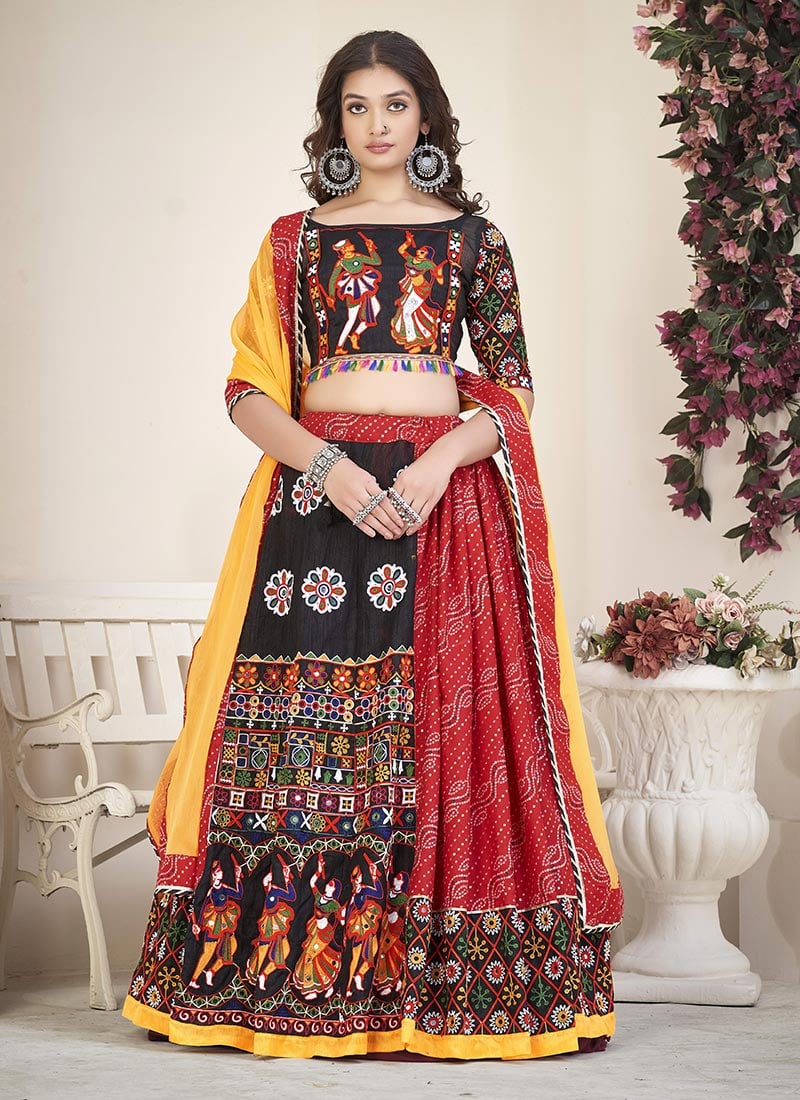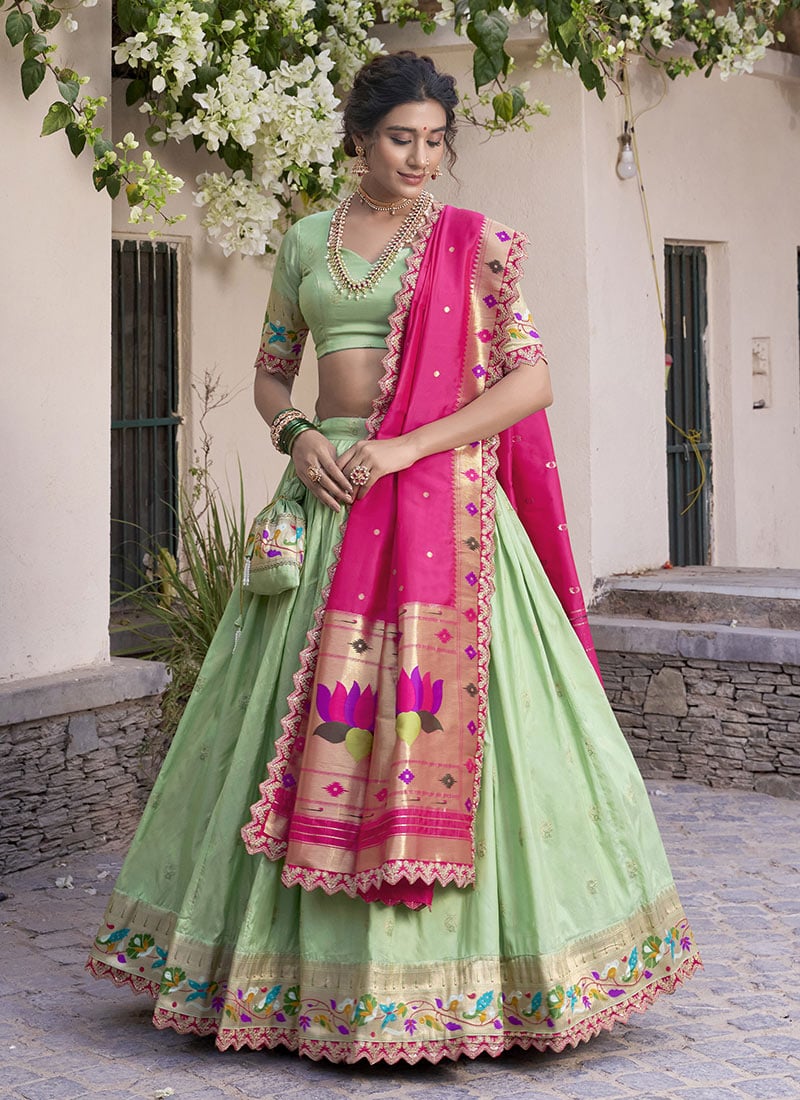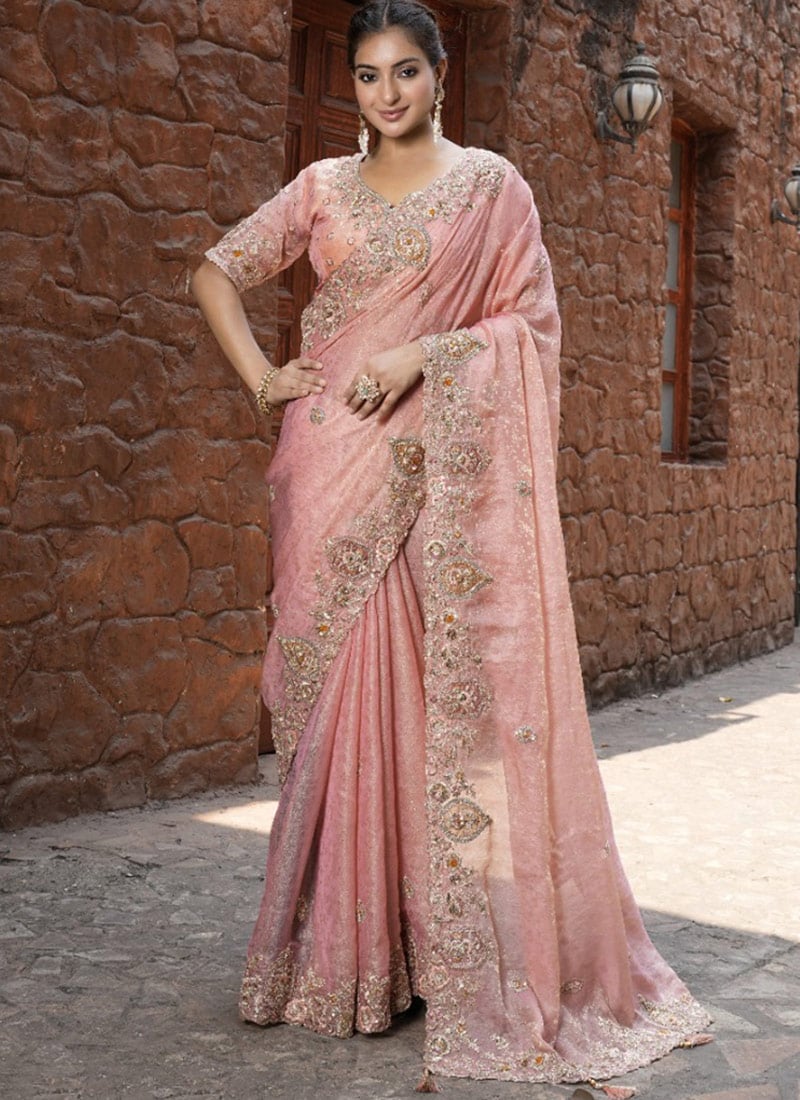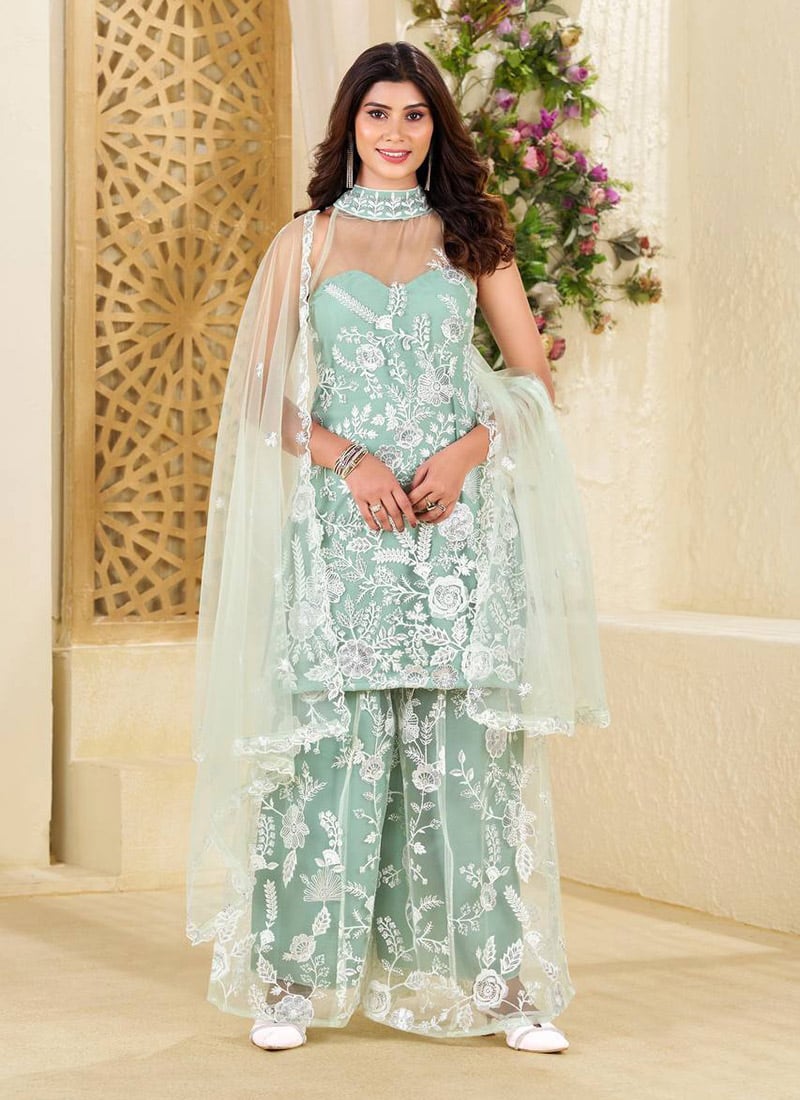Thread Tales: Artisanal Embroideries Making a Comeback in 2025
In 2025, embroidery is no longer just a craft tucked away in family heirlooms or museum archives—it is once again at the forefront of fashion, interior design, and cultural identity. Across the world, the delicate art of needle and thread is enjoying a powerful revival. This resurgence, often referred to as “thread tales,” is weaving together heritage, sustainability, and contemporary aesthetics, capturing the imagination of both artisans and consumers alike.
The Threads of History
Embroidery has existed for centuries, serving as both decoration and storytelling medium. Ancient Egyptians adorned garments with intricate stitches, Chinese dynasties developed silk embroidery of astonishing precision, and Indian artisans perfected zardozi and kantha work, each stitch carrying symbolic meanings. In Europe, embroidery became a status marker, gracing royal robes and ecclesiastical garments.
Yet, with industrialization and fast fashion in the 20th century, hand embroidery slowly lost its prominence. Machine embroidery made production cheaper and faster, but much of the artistry and individuality were sacrificed. For decades, embroidery was relegated to hobbyists, heritage keepers, or niche designers. That narrative, however, is changing dramatically in 2025.
Why Now? The Driving Forces Behind the Comeback
Several cultural and economic shifts are fueling embroidery’s resurgence:
- Sustainability Concerns – Mass production often comes at the expense of the environment. Slow embroidery emphasizes quality over quantity, aligning perfectly with consumers who want eco-friendly fashion that lasts.
- Digital Fatigue – In an increasingly digital world, hand-stitched work offers something tangible, textured, and deeply human. Owning an embroidered garment feels like reclaiming time and presence.
- Craft Revival Movements – Platforms like Pinterest ,Etsy, Instagram, and TikTok have given artisans global visibility. Independent embroiderers can now reach international markets directly, making the craft both viable and fashionable.

- Luxury’s New Language – Major fashion houses such as Dior, Chanel, and Valentino have incorporated heavy embroidery into their collections. Embellished gowns, coats, and accessories elevate embroidery to the highest echelons of couture.
- Cultural Reconnection – Younger generations are embracing embroidery as a way to reconnect with heritage. Workshops in cities from New York to Nairobi are teaching stitches once passed down in families, giving old techniques a modern revival.
The Global Runway Effect
Paris, Milan, and New York fashion weeks in 2025 have seen an abundance of embroidered designs. From elaborate gowns embellished with metallic threads to minimalist streetwear featuring delicate hand-stitch accents, embroidery is proving its versatility. Designers are blending regional embroidery techniques with global styles—kantha work from Bengal on bomber jackets, Kashmiri crewel on contemporary tunics, and Mexican Otomi stitches on denim.
This fusion is not only elevating embroidery’s appeal but also ensuring that ancient techniques are not relegated to museum archives.
Beyond Fashion: Embroidery as Lifestyle
Embroidery’s influence is not confined to clothing alone. In 2025, it extends into home décor, accessories, and even digital design. Embroidered cushions, wall hangings, and handbags are experiencing heightened popularity. The tactile, human touch of embroidery offers warmth in a digital-first era.
Moreover, embroidery has entered the mindfulness movement. Workshops across cities highlight embroidery as a meditative practice, helping individuals disconnect from screens and reconnect with slower, purposeful creativity.
Revival of Regional Techniques
One of the most fascinating aspects of embroidery’s 2025 comeback is the reappreciation of regional styles:
- Phulkari (Punjab, India): Vibrant floral patterns stitched with silk threads are being adapted into scarves, blouses, and even sneakers.
- Chikankari (Lucknow, India): Known for its white-on-white elegance, this embroidery is appearing in global summer collections.

- Blackwork (Spain/England): Once popular in the 16th century, black thread embroidery is being revived on gothic-inspired couture.
- Japanese Sashiko: Traditionally used for reinforcing fabric, sashiko now decorates minimalist modern apparel.
- Middle Eastern Zardozi: Metallic embroidery, once reserved for royalty, is finding its place in festive wear and statement accessories.
Each technique represents not just a design but a community and history that deserves to be passed on.
Embroidery Meets Technology
Interestingly, the 2025 comeback is not just about preserving tradition; it’s about innovating with it. Tech-driven embroidery machines are being used alongside hand artisans to scale production without compromising quality. Augmented reality (AR) apps now allow customers to visualize embroidery patterns on fabrics before making purchases.
Moreover, collaborations between designers and digital artists are pushing embroidery into futuristic territory—think glow-in-the-dark threads, 3D printed embellishments combined with hand stitches, and smart fabrics that integrate sensors within embroidered patterns. This fusion of technology and tradition is attracting a younger demographic eager to wear something rooted in heritage yet futuristic in flair.
Why 2025 Is the Perfect Moment
The convergence of sustainability, digital exposure, and cultural curiosity has set the stage for embroidery’s comeback. Consumers crave individuality in a world of mass sameness, and embroidery provides exactly that: every piece a story, every stitch an identity. The craft thrives because it addresses today’s priorities—authenticity, connection, wellness, and responsibility.
Conclusion
The comeback of artisanal embroidery in 2025 is more than a style statement—it is a reclamation of tradition, a commitment to sustainability, and a celebration of individuality. From the glossy catwalks of Paris to the accessible collections at Cbazaar, embroidery is weaving its way into the fabric of modern life.
Every stitch tells a tale, and as we move toward a future of conscious fashion, these thread tales remind us of the beauty in slowing down, honoring craft, and wearing our stories with pride.




Leave a Reply